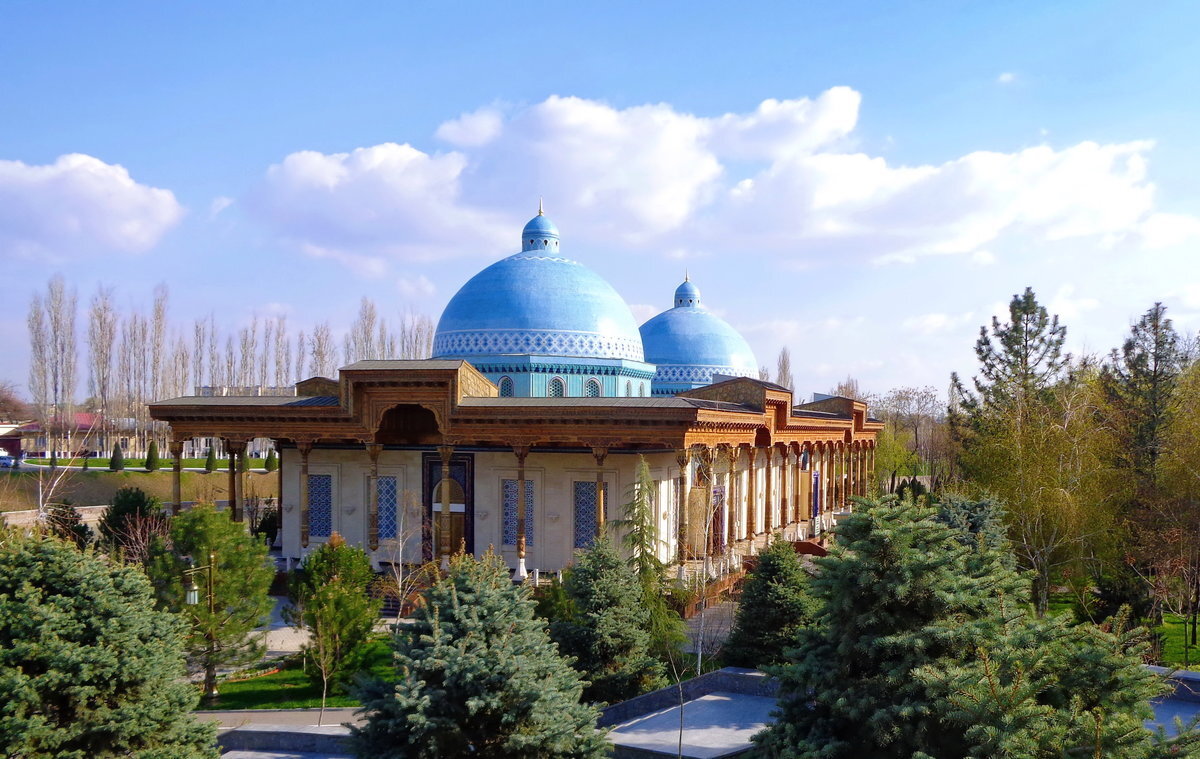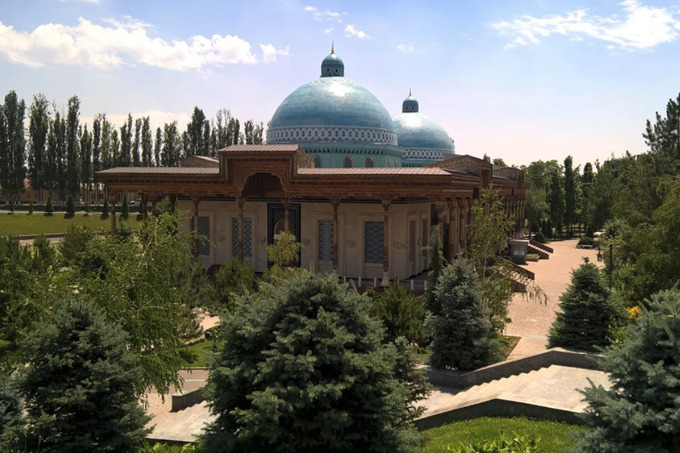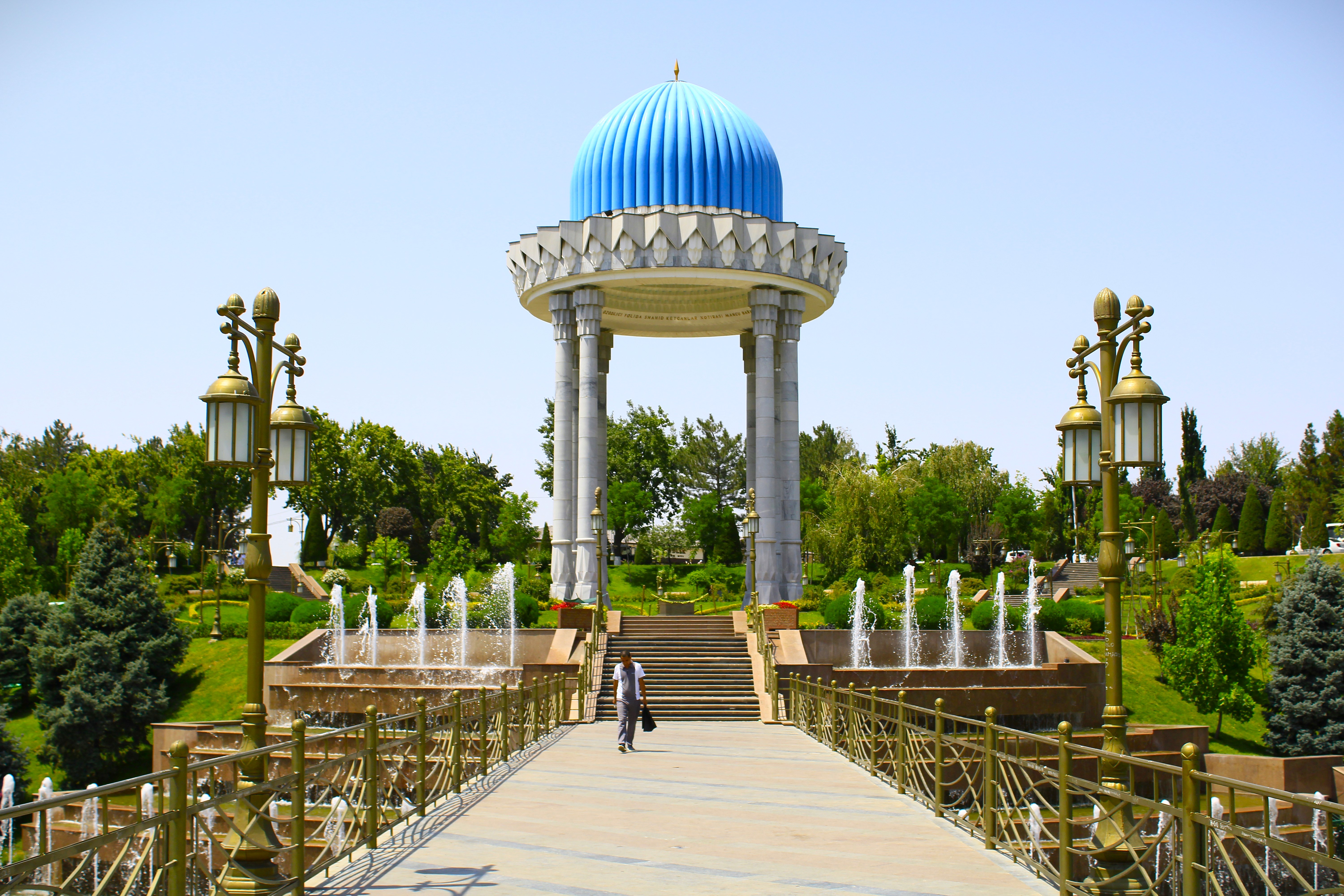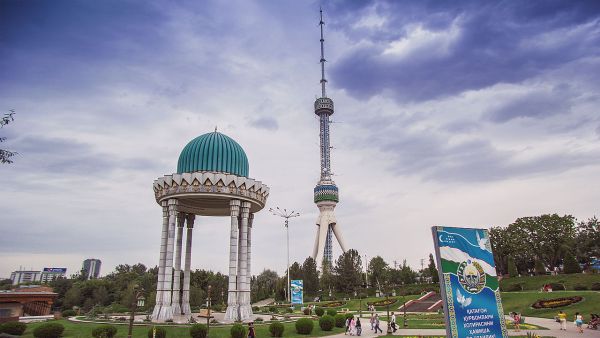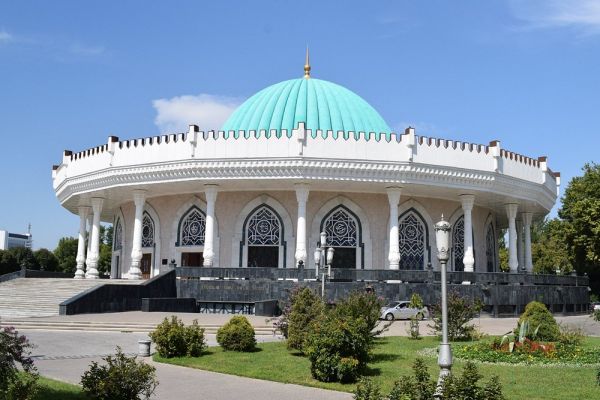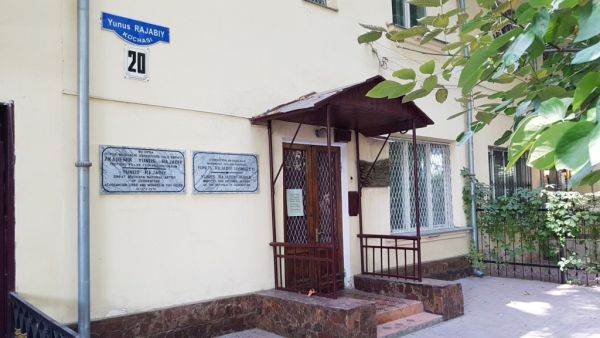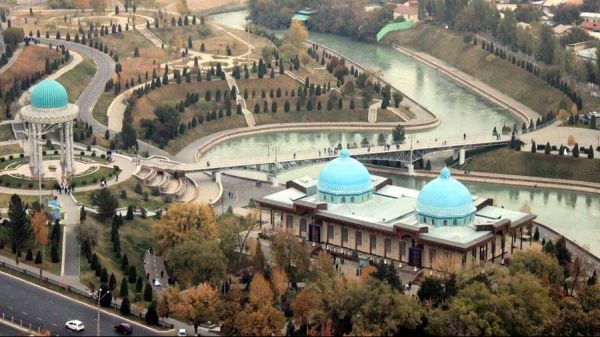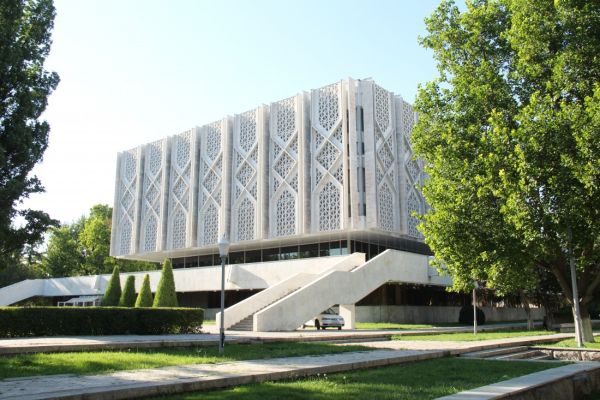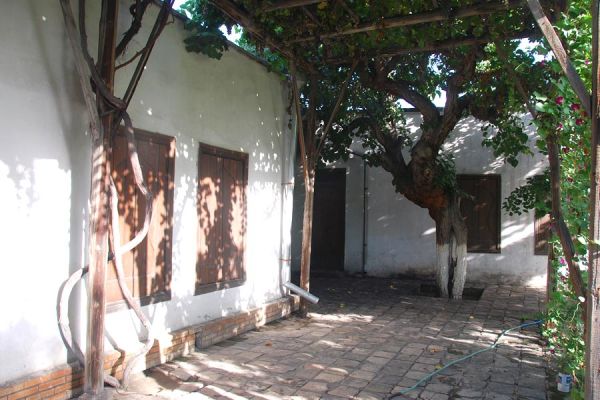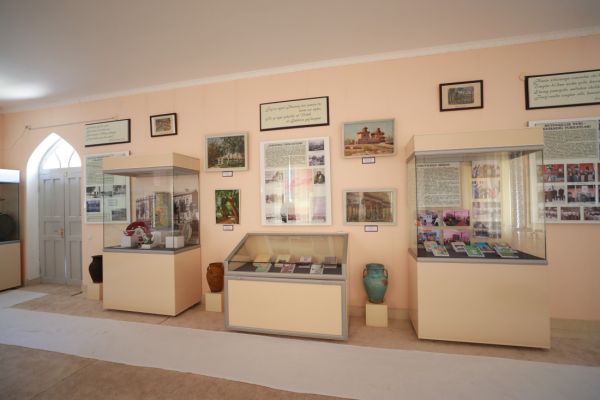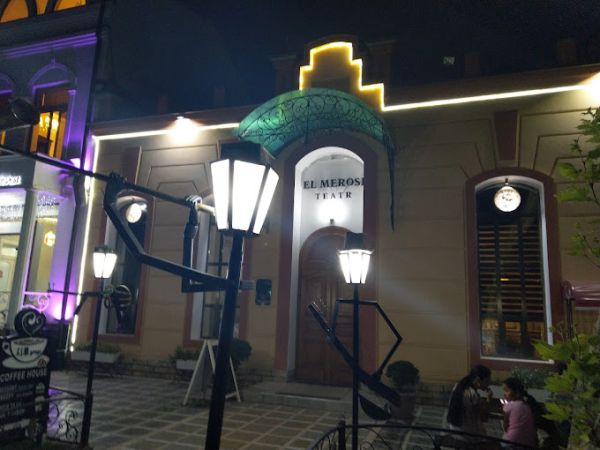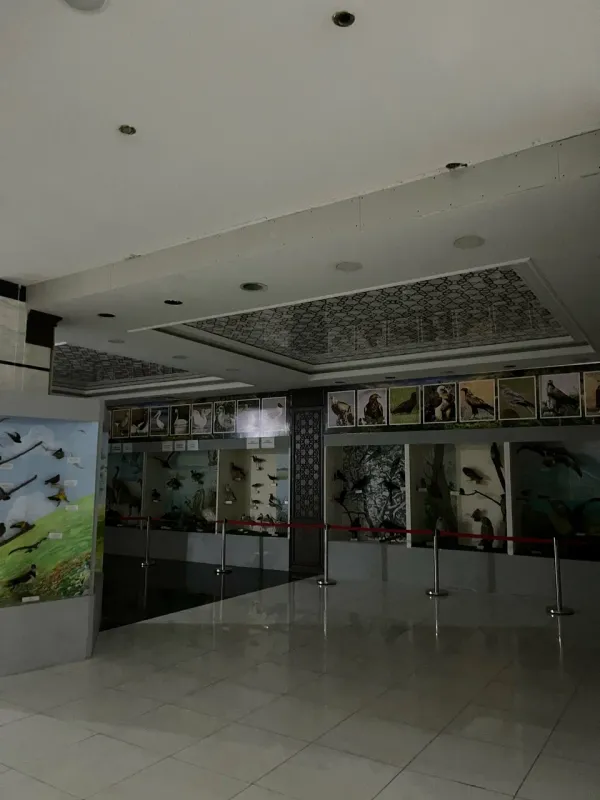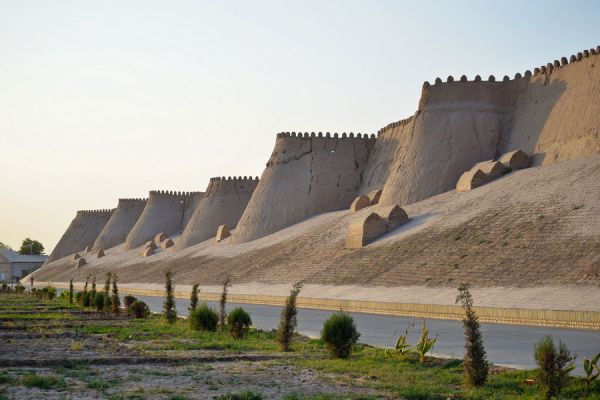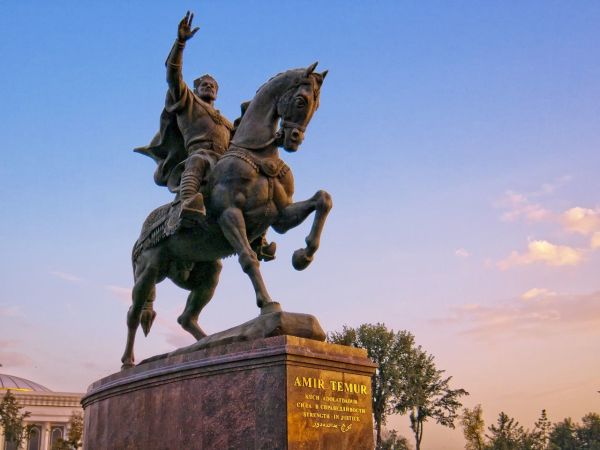Shahidlar Khotirasi Memorial Complex for Victims of Repression
The Shahidlar Khotirasi Memorial Complex was opened in Tashkent in May 2002. It is dedicated to the people of Uzbekistan who were repressed in the 1920s and 1940s of the 20th century. At that time, about 100,000 people were subjected to repression, and more than 13,000 were shot. Among them are great writers and poets such as Abdullah Kadiri, Fitrat, Chulpon and others. Many statesmen and scientists were also shot. The structure was erected in the part of the city where mass executions of convicts took place.
So that the bright memory of these people would not fade into oblivion, a memorial complex was erected, which today has become one of the most popular and famous sights of the capital. By decree of the President of the Republic of Uzbekistan, August 31 was declared the Day of Remembrance of Victims of Repression.
Infrastructure of the complex
The complex covers an area of 17 hectares and includes a park, a rotunda and a museum dedicated to the Memory of Victims of Repression. The latter was made in a classic Oriental style, the walls of the building are decorated with amazing wooden carvings, they are crowned with a dome of heavenly color. The museum presents unique photos and documentation, which contains information about the terrible time of the bloody terror, about the struggle of the inhabitants of Uzbekistan for independence and about the GULAG camps. During the last reconstruction to expand the expositions, a hall was added, where the achievements of Uzbekistan during the years of independence were presented. The museum is equipped with modern multimedia equipment, thanks to which music recordings, documentary videos and other valuable materials can be broadcast on a large screen. The staff of the institution conduct scientific and educational activities: they study archival documents, collect historical facts, and create material for art publications.
The rotunda in honor of the Victims of Repression is a huge turquoise dome supported by eight marble columns. They are arranged in two on each of the four sides. The height of the structure is 27 meters.Granite stairs lead to the rotunda from different sides. After climbing them, visitors enter a platform covered with glossy slabs. In the central part of the rotunda there is a symbolic jade with an engraved inscription in Arabic, Uzbek and English, which translates as: "The memory of those who died fighting for their homeland lives forever." If you lift your head up, you can see the beautiful dark blue ceiling of the dome, painted with Uzbek patterns. Its outer part has a relief sharp-angled edging, which once again emphasizes the national style of the structure.
The area around the rotunda is decorated in the form of a composition of walking paths and flower beds. All of them are made in the form of rings and semicircles, in the center of which is a rotunda. The flowers in the flower beds are planted in interesting multicolored patterns.
The beautiful park area symbolizes the fortitude and steadfastness in the beliefs of those who were victims of Stalin's repressions. The park is located on the banks of the narrow Bozsu Canal. You can cross it over a picturesque bridge that starts near the rotunda. There are also multi-level fountains in this place that create coolness. Decorative firs, thuja, pines and birches are planted on the territory. All low-growing shrubs and trees are regularly trimmed.
Schoolchildren and students come on an excursion to this complex to honor the memory of their dead ancestors. Newlyweds can often be seen here, laying flowers at the memorial tombstone.

